Are you Planning a Trip to Italy?
Then these 40 Italy Travel Tips are for You!
In this article you fill find 40 Italy Travel Tips that will help you to travel Italy safely, cheapely and stress-free.
Everyone knows about Italy’s famous monuments, incredibly artsy cities and renowned cuisine.
But have you ever thought what travelling to Italy is truly like? What to wear in Italy? When is the best time to visit Italy? How to travel cheaply? What customs and rules should you follow? How to mingle with the locals? How to stay safe and avoid scams?
Italian culture is complicated as it is fascinating. In this article, you’ll have a taste of it and doing so, will prepare you for anything that my beautiful and unpredictable Italy might throw at you 🙂
So, arm yourself with a large spaghetti bowl, wear your best loose tank top, and enjoy your journey of discovery through the 40 Travel Tips for Italy here below.
Let’s Start!
40 Essential Italy Travel Tips
1. In Italy you can (almost) always pay by Card
Since 2012, by law, every commercial shop in Italy is required to accept credit and debit cards.
This means that you can pay almost anywhere with them if you want to: gasoline stations, shops, local markets, restaurants, hotels, train stations, street vendors… even for the smallest purchase, cards are (and should) be accepted and not frown upon.
The only situations in which you might find liquid cash come in handy, are to pay automatic machines (parking especially), tipping valets (also illegal ones!), and of course, to buy things from vendors (or scammers) not respecting Italian laws.
If cards are not your thing, and you find more peace of mind with the feeling of cash in your hands, know that an ATM in Italy is never far away and you can withdraw money pretty much anywhere,
2. Reserve your Museum Tickets Online
As of 2019, Italy is the 4th most visited country in the world with a whopping 94M visitors per year. It’s no wonder then, how a large number of visitors, make main attractions extremely crowded.
If you are planning to visit some of Italy’s most famous museums, churches, cathedral, or expositions, be sure to always check the respective official website online and reserve your spot well in advance.
You’ll get your visit day and time fixed it will save you countless hours in the queue.
3. Italians generally don’t Tip, we pay the “Coperto”
Tipping is not an integral part of Italian culture and anywhere you’ll go, you won’t be expected to tip.
We usually tip in restaurants only if the service or the food has been extremely great, and usually just by rounding up the bill to the closer tens.
What you should keep in mind is that in most restaurants where you sit at the table you’ll be instead charged the “coperto”, a small 1-3 Euro/person fee that includes the service, cutlery/tablecloth, the bread and sometimes natural water.
Funny curiosity is that “coperto” means “covered” in Italian and historically implied you were paying to have a roof over your head (although today is charged also in terraces and outside tables).
4. Beware of Tourist Scams in the Main Cities
The bad news is that scam artists are sadly a common reality in Italian cities. The good news is that it is relatively easy to avoid them and tell them apart just by being aware of the risk and using common sense.
Although this topic would deserve an article on its own, here are my main tips to avoid scams when traveling to Italy:
- Don’t accept “free gifts” (especially in stations and main squares)
- Don’t give up your money to help somebody “get a train ticket”
- Don’t accept unsolicited help to make your tickets
- Don’t accept Roses
- Don’t buy paintings (or anything on the streets!) to support charity organizations
- Be sure to use official taxis only if they use the taximeter
- Go to restaurants that have menus in Italian (others might be just tourist traps)
- Don’t buy luxury products if the price seems too good to be true
- Keep your wallet in your front pockets
As a rule of thumb, if you’re employing common sense and an eye for attention, you don’t have anything to fear when travelling to Italy. Don’t be excessively suspicious also, as sometimes people genuinely may want to help you when seeing you lost or confused.
5. Don’t Rent a Car to Visit Cities
Visiting Italian cities by car is a straightforward bad idea. As most roads have been build centuries or millennia ago, when cars still did not exist, traffic can get unbearable pretty easily.
Roads can be bumpy, traffic nerve-wracking, and finding parking may take hours. Most city centers have implemented ZTLs (traffic restricted areas) too, to which only residents can have access.
For preserving your mental sanity, do yourself a favor and walk (or cycle!). The city centers are generally easy to walk and not too spread out that you cannot cover them in a day or two.
6. Buses are better than Trains
Trains in Italy have a timetable on their own: sometimes they come, sometimes they don’t, some run late, most of them run very late.
Personally, as an Italian, I would not wish anyone to try Italian trains. Italy’s train network is widespread because for many years trains have been the only public transport available to move around, but that doesn’t mean that the service is any good.
Of course, you might not encounter any problem on your journey, but that would be the exception to the norm!
If you’re planning to travel between medium-large Italian cities and you want to do it comfortably, cheaply and rapidly, I strongly recommend you to check buses instead. Being bus companies private, service is better (comfortable seats, Wi-Fi, air Con, toilets, etc.) and timetables are respected.
The main bus companies you should check are Flixbus and Marinobus. If I did not convince you and you want to try your luck with trains, the official website of Italian Trains is Trenitalia.
If you want to compare transportation alternatives from place A to place B, I suggest you have a look at Omio or Rome2Rio.
7. To Visit Nature or the Countryside, go with Cars
If for cities a car is a bad idea, for visiting the Italian countryside a car is almost a necessity.
What few tourists know, is that the beauty of Italy is not limited to its iconic cities. The marvel of Italy lies in its remote provinces, in the vineyards, sunflowers-covered hills, picturesque coastal towns, cultivated fields, and wild mountains.
Here is where time and life run slower and where you can truly enjoy the “Bella Vita”.
To visit the countryside of Italy, I recommend you rent a car: it will give you the freedom you need, you will be able to reach the most unique and remote places (and restaurants!), traffic won’t be a problem and the same goes with parking.
8. Consider Getting an Italian Prepaid SIM-Card
Internet access is extremely valuable when you travel as it allows you to access the countless websites and apps that make organizing your trip better (in this article, you can also find the 15 Essential Apps for Smart Travelling too).
If you, like many others, cannot stay without the Internet when traveling, you should definitely consider getting an Italian Prepaid SIM-Card.
Italy has 4 main mobile companies: Iliad, Tim, Wind 3, and Vodafone. All of them offer different plans and SIM pre-paid options. Although Iliad prices are the cheapest, they don’t have many physical shops and thus, getting a SIM from them in a short time might be harder.
Tim, Vodafone, and Wind 3, on the other side, all have shops in most Italian cities, towns, and villages where you could get your prepaid SIM from: simply bring your passport, pay and you’re ready to go.
For tourists, I would suggest you choose Vodafone: they have excellent coverage and the most price-effective offers for prepaid SIMs which come at an average cost of 15Euro with 20GB Included.
9. Avoid Taxis to save Money and Avoid Scams
Taxis are the most expensive way to move around cities in Italy, and not necessarily the most efficient.
Most Italian cities are indeed connected by buses, which prices are extremely low and convenient. All airports have shuttle (or train) connections that can bring you to the closest city.
If you want to save money, my best advice is to plan before you go: check the internet for information on how to move on websites such as Omio or Rome2Rio and consider alternatives to taxis.
In addition to that, during the years Italian Taxi drivers earned themselves a bad reputation for scamming tourists: adding fees for items of baggage, rounding-up fees for covering their own expenses, not following the taxi-meters, faking “not having change”, and more…
If you want to safeguard your wallet, try to stay away from Italian taxis anytime you can.
10. You can Get Public Transport Tickets from Kiosks
In Italian cities, kiosks are easily recognizible: they are those tiny stands exploding with magazines all over the road.
Here you can find the newspapers of the day, cheap magnets, postcards, sigarettes and anything you would normally buy in a newsstand.
What foreign visitors often don’t know though, is that those kiosks also sell public transport tickets for metros, trains and buses.
If you’re close to a bus stop or a train station and you don’t know where to get your ticket from, simply ask the closer kiosk and you’ll find one.
11. Italy truly has 4 Seasons, Plan Accordingly!
In Italy, seasons don’t override each other. The calendar says there are 4 seasons in a year, and Italy follows what the calendar says.
When you’re planning your visit to Italy, you need to take the weather into account.
- Spring (March-May) is an excellent period to visit pretty much the whole peninsula: the Norther mountains bloom with flowers, the temperature to visit cities is enjoyable and you can already start immersing yourself in the Sea of the Southern Coast.
- Summer (June-August) is when the international tourist inflow reaches its peak and also most Italians take their holidays. It is the best period in Italy to discover nature and enjoy the Bella Vita: beaches, sea, hiking in the Alps and lakes…you’ll love them all! For cities, on the other side, it might not be the best seasons as they get extremely hot, overcrowded, more expensive, and many local shops close for holidays too.
- The Fall (September-November) is again a great season for city visits: better prices and temperature make strolling around easier and more enjoyable. Autumn paints the Italian nature of every colour too and, during the harvest, also the hinterland increases its attractiveness.
- Winter in Italy (Dec-Feb) ranges from cold to freezing cold. Walking around the streets is not pleasant, it rains more often and generally, people prefer to spend time at home. In winter, the main Italian attractions are hands-down the snowy peaks of the Alps and the countless ski-resorts that every winter turn the Italian mountains alive.
To give you an idea about temperatures, in Summer most regions in Italy can cross the 40°C (104°F) mark, while in winter the minimum temperatures (depending on the latitude) can range between 0°C (32°F) and -20°C (-4°F).
12. North and South-Italy, are Two Different Italies
North and South Italy are different in a myriad of ways and knowing about the differences in advance will surely help you to prepare better for your trip.
These are some of the differences that you might want to keep in mind:
- NATURE: The North is the paradise for mountain-lovers, the south is heaven for the sea-lovers.
- TIME: Things run mostly on time in the North, they never run on time in the South
- PEOPLE: In North Italy, people are colder, in the South people go the extra mile to help you out.
- SHOPS: In the North shops open at 8.00 and close at 19.00, in the south, they operate 10.00-21.00.
- DINNER: In the North, dinners start at 19.00, in the South at 22.00.
- CLIMATE: Southern Italy enjoys a Mediterranean Climate normally 5-8°C warmer than the North.
13. Pizza is Superlative, no Matter Where you Are
Despite the many differences, there is one thing that doesn’t change across the whole Italian peninsula and that is the love for Pizza!
As the story goes, the original pizza was created in Naples in 1889 in honor of the Italian Queen Margherita of Savoy, and since then it took over the hearts of all Italians.
As a tourist, be reassured that you will be able to find superlative pizzas in any village, town, or city you’ll visit. Be sure to ask locals about the best pizzeria in the area. We Italians love to talk about pizza and giving our tips and opinions about pizzerias ;).
In conclusion, from the moment you’ll touch Italian soil, may the pizza be with you!
14. Food is extremely Local, ask the Chefs for Tips
Millenias of history, empires, kingdoms, tiny states and barbaric influences all left a strong impact on Italy’s renowned cuisine and made it what it is today.
As you move around Italy, you’ll notice that the typology of food offered changes dramatically. Not only from North to South and East to West, but also from city to city and from village to village.
Italian’s cuisine is a geographical mosaic of secret recipes and culinary traditions that a lifetime won’t be enough to discover. Also for me, being Italian, everytime I move to a new region I find something new and unheard of.
To fully grasp the richness of Italian cuisine as a tourist, I suggest you to trust local recommendation and the chefs’ advices. Let locals guide you outside of your comfort zone and before visiting a place, have a look on the Internet about the specialties of that exact region.
You won’t believe the delicacies you might taste!
15. You Should Expect a Sweet Breakfast
The Italian breakfast (prima colazione) is sweet and generally not abundant: capuccino and cornetto is the classic.
You might also add fette biscottate (hard sweet cookies), some marmelade and butter but that’s about it.
Personally, not being the average Italian, I love having continental heavy breakfasts (ham, salami, cheeses etc.) but when I talk about it, most Italians frown upon me in disgust wondering what is wrong with me.
16. When in doubt, ask for the House Wine
When you’re not a wine expert, navigating the Italian wine scene (over 700 officially registered varieties from over 46.000 different producers) and choose what you want to drink, might easily look like a daunting task.
If you are thinking of getting a random wine from the list and jump in the darkness, be reassured that 99% of tourists do that and that 99% of the time you’ll get a very good wine too.
Said that, keep in mind that when in doubt, an always good choice is the house wine (in Italian “vino della casa”).
This is usually the cheapest wine on the menu, it comes straight from the cask and it is normally a particularly tasty wine too (the house put its name on the “house wine” after all, so it must be good!).
In most restaurants, you can choose between two wines of the house: “vino Bianco” (white wine) and “vino Rosso” (red).
17. Don’t be that person asking for Pizza Hawaii
The mother of all Italy travel tips: Don’t be that horrible person! Don’t ask Pizza Hawaii in Italy!
First, there is a 95% chance that it won’t be on the menu.
Second, 100% of Italians that hear you will watch you in disgust.
Third, even if you by chance happen to enter in one of those few outlawed pizzerias making Pizza Hawaii be mindful of the country you’re visiting and respect its culture by not ordering it!
Jokes aside, my tip for you is to use your time in Italy to try the countless fantastic and original pizzas that Italy has to offer and don’t try to find International dishes that you have home (and that clearly are not Italian!).
18. Learn to Order every Pasta with its own Sauce
Pasta in Italy is a religion and it is consumed by most at least once a day.
What you should be aware of as a tourist, is that on most menus in Italy you will never read the word “Pasta”.
That’s because Pasta is not simply Pasta. Pasta is just a category of food (like “fruit” for example) and within it, there are countless types of pasta and each one goes with its own sauce.
Here is an Italian Pasta Infographic that shows you the magnitude of Pasta shapes variety in Italy and might come you in handy when ordering. As for the sauces, the sky is the limit. The best way to choose when you’re overwhelmed by choice, as always, remains to ask the chef’s suggestion.
19. Don’t ever put Cheese on Fish Dishes
Parmesan is tasty, pasta with sea-food is tasty, why don’t put them together? That’s not how Italians think.
The reason Italians don’t put cheese on fish dishes is simple: the strong parmesan flavor may blur and cover the more delicate taste of fish and seafood and overall, waste the efforts of the chef.
Although the choice, of course, is always personal, if you’re eating with some Italian and you’re putting cheese on fish, be prepared to hear a loud “nooooo, ma perchè??” (in English “noooo, but why?” 🙂
20. There is Time for Coffee, and time for Aperitivo
Coffee in Italy is drunk with breakfast and after every other meal.
Before the meals instead (11-13 before lunch and 18-20 before dinner) is the perfect time to enjoy an aperitivo.
The aperitivo (aperitif) is a custom born in 1786 in Turin, which later spread to all corners in Italy.
This is the practice of having an alcoholic drink (usually Aperol, Campari, Prosecco, or Negroni) with some olives and tiny bites before dinner (and also before lunch in some regions).
The aperitivo is both a moment to relax and connect with friends, as well as a way to open your stomach for the meal that is about to come.
21. Learn the Meal order, and save time for enjoying the Slow Food
Italians love to eat and love to do it slowly.
An Italian meal is composed of several “steps” which shall follow a precise order.
If you want to enjoy Italian food as it is supposed to be, be sure to memorize the sequence of a Full Italian Meal:
- Aperitivo (alcoholic drink to open the stomach)
- Antipasti (small bites generally assorted, to wake your mouth with different tastes)
- Primi (soups or carb dishes, such as pasta, rice, gnocchi, tortellini)
- Secondi (protein dishes, meat or fish)
- Contorni (side dishes that are served with the Secondi, can be vegetables, legumes, or potatoes)
- Dolce / Frutta (the Dessert or/and the Fruit)
- Caffè (for keeping awake the body and better digest the meal)
- Ammazza-Caffè (alcoholic spirit to digest the meal and the coffe, usually grappa or sambuca)
22. Note that Shops might Close for the “Riposino”
(Italian Siesta)
As eating lunch in Italy takes a lot of time and working with a full stomach is not the best feeling, Italians thought of institutionalizing the “riposino pomeridiano” (afternoon nap).
Because of this, many local shops and artisans tend to close their doors around 12.30 and re-open between 15.00 and 16.00 in the afternoon (this is instead uncommon for large malls, big brands, and supermarkets).
As a tourist, if you are planning to spend time shopping, remember to make your plans accordingly.
23. You won’t be judged for How you Dress
Italians are not judgemental about how tourists dress. We are always full of tourists any time of the year and we are already used at the most different oufits possible.
In addition to that, it is true that Italians like to dress with style, but not excessive style like it is often portrayed by international medias and fashion companies.
With the exception of few fashions hubs (ex. Milan) and shopping avenues (located in city centers), you’ll notice that Italians tend to dress pretty sober, stylish but down to earth.
All in all, bring the clothes you’re comfortable in and you should be fine in all situations.
24. But Dress Smart if you Don’t Want to Stand Out
Italians don’t judge much, but can easily tell you’re a foreigner from how you dress.
If your objective is not standing out, think about bringing sober-coloured clothing (black, grey, and brown are always good choices), don’t get too wild with flashy colours, and don’t be too sporty (Italians rarely wear sporty when not doing fitness).
Go with a smart-casual outfit and you’ll smoothly blend in perfectly in any circumstance.
The most important thing you should avoid is sandals with socks, that’s the biggest no-no in Italy and that will never change, no matter how much our German friends are trying to convince us otherwise.
25. Don’t Forget that Italy has (Gorgeous) Islands too
Two out of twenty Italian regions are islands and namely are Sicily and Sardinia.
Both islands are natural heavens with an incredible culture for la Bella Vita.
Ideal places for sea vacations, beach relaxation, and food holidays, the Italian islands offer an authentic Italian experience with friendly locals, century-old historical sites and nature beyond imagination spanning from azure bays to active volcanos.
Best to enjoy in the warmer seasons, the Italian islands offer an experience between history, nature and taste that surely deserves your attention.
26. Buying Counterfeit Goods Is a Crime
It is relatively common to see street vendors (usually not Italian) opening up their blankets on the street and selling branded products from a fraction of the price you would pay them in shops.
What you have to know, is that the products they are selling are clearly knock-offs, and buying them is illegal (it is also common to see those vendors packing up their stuff and running away in less than 10 seconds when the police come walking by).
As a tourist, you’ll be happy to know that you don’t risk fines if you can demonstrate that the object you’re buying is for your personal use.
Said that I would strongly advise against buying counterfeit products from rogue vendors, as the items’ quality is usually poor and there is always the risk of police stopping you for questions.
27. Learn some Basic Sentences Before you Go
Most Italians speak very basic and very bad English, especially outside of the main touristic hubs.
For your convenience, I would suggest you to learn at least some basic vocabulary in Italian to help you navigate our beautiful country. Hereafter I will leave you the basics you should remember:
- GREETINGS: Ciao (Hi), Buongiorno (Good Morning), Buonasera (Good Evening)
- QUESTIONS: Dove è? (Where is?), A che ora? (At what time?), Può aiutarmi? (Can you help me?)
- ANSWERS: Si (Yes), No (No)
- EATING: Il menu (the Menu), Il Conto (the bill), Cosa Consiglia? (What do you suggest me?)
- ALWAYS USEFUL: Non capisco (I don’t understand), Buona Giornata (Have a good day!)
- BASIC ITALIAN SWEARWORD FOR ALL SITUATIONS: Cazzo! (Fuck!)
28. Learn to Order the Coffee you Want
Italy and coffee share a long history of love.
Every Italian likes it in a different way and you will be surprised by the great variety of coffee you will find in Italian restaurants and bars.
If you ask for simply “caffè”, know that the standard you will receive is the “caffè espresso”, which is a tiny cup of concentrated coffee. At first this disappoints many foreigners, but you need to understand that American coffee is not a thing in Italy, and you’ll hardly ever find long coffee.
My suggestion for you is to experiment and change every time until you’ll discover the one that fits your taste better.
Here above is an infographic about some coffee choices you might consider, if you’re a coffee-lover and you’re interested in knowing more about the Italian Coffee Culture, be sure to check out my article Italian Coffee Types: How to Order a Coffee in Italy.
29. If you Drive a Car, pay Attention to Where you Park
Traffic policemen in Italy are vigilant and strict, very strict!
I know, from an outsider’s perspective Italian traffic can seem pretty wild (especially in the Southern regions), but that apparently-chaotic mess has rules and you should pay attention to follow them.
The main reason for foreigners to get fined is undoubtedly parking. With a white line, parking is free. With a blue line, you should pay the ticket and expose it on the front window. Seems easy, right? Well, it’s not so easy.
Many cities adopt ZTL (restricted driving zones) where only residents can drive and park. Sometimes, you may find a free “white line” parking but you actually cannot park there because you don’t have the resident-sticker on your window.
When in doubt, be sure to check the cars parked nearby (and the traffic signs!) and control whether they have any coloured dot on the front glass. If they do, high chances are you should not be parking there.
30. Cover-Up in Religious Places
Italy is literally overflowing with cathedrals, churches, and basilicas.
If you’re planning to visit some of them, be mindful of your clothing if you don’t want to risk getting stopped at the entrance.
Rules are not too strict and not strongly enforced, but it is a good practice to follow them.
The simple rules are for men to wear trousers under the knees and no tank-tops, while for women it is recommended to cover the shoulders and avoid dresses that reveal too much. Flip-flops are generally allowed, while clearly beachwear is not.
31. Get used to Greetings with two Kisses (or three!)
In Italy, it is common to greet friends with two kisses, first on the right cheek and then on the left.
This way of greeting is also common between a man and a woman when getting introduced to each other, while two men meeting for the first time normally prefer just shaking hands instead. The 2 kisses are used when you meet, but can be also used when saying goodbye.
As a tourist, if you are going to get acquainted with some Italians be prepared to deal with it: it is totally common and normal in Italian culture, don’t get afraid that someone is flirting with you. Just remember: first on the right, then on the left (to avoid funny misunderstandings 😉 ).
On special occasions, such as Christmas, New Year’s Eve, or a Birthday, Italians give three kisses instead of two as it is believed to bring good luck.
32. Queues are caotic, but Try to Respect Them!
Queuing is not Italians’ greatest skills: we are disordered, we cannot keep a normal line, an average line can be 3-4 people wide and we love complaining of the slowness of the queue while in the queue.
Said that, contrary to what many international bloggers carelessly suggest, I would strongly advise you against following the bad example of “smart” Italians skipping the queues.
Normal, well-educated people, respect their place in line, also in Italy.
Sometimes, few individuals find excuses and have the nerve to skip the line: we have a word in Italian for them and it is “cafone” which you would translate in English as “oafs” or “imbeciles”.
Don’t be a cafone tourist and respect the queues!
33. Drinking on the Streets is Allowed, just remember to be Respectful
Drinking on the street (and anywhere outdoor) in Italy is 100% allowed and you cannot get fined.
You can have beer, wine, cocktails, or spirits and be totally fine as long as you keep it under control and you don’t annoy people nearby.
In general, Italians drink a lot (wine especially) but don’t like to look drunk in public, so while one glass or two are entirely fine, try to keep your elbow under control when outside to avoid bad looks or drawing the police attention.
34. Italians Talk Loud, don’t get Scared or Mad
Italians talk loud.
What other cultures might consider “angry talking”, in Italy it can be a simple discussion about a football match or the taste of pizza.
Be aware of this cultural twist to avoid embarrassing misunderstandings: if somebody is shouting at you, likely, they are just trying to catch your attention and help you out.
Just keep your calm and decipher the situation: you’ll get used to it pretty soon.
35. You can get Free Drinkable Water from Public Fountains
Public fountains in Italy are literally everywhere (especially in parks and main squares) and everybody uses them.
They provide clean, fresh, and drinkable water entirely for free, which is always great to save some money and to avoid buying too many plastic bottles.
What I would recommend is to always have a water bottle with you (in the warm season it is a must-have!) and re-fill it whenever you can.
Note that rarely, few fountains don’t provide safe water. In those cases, you will read in capital letters the words “NON-POTABILE” which means “not for drinking”.
36. Beware of Pickpockets
Especially when visiting large touristic hotspots in Italy, you should pay extra-care to your belonging.
Pickpockets, although not many, still are a problem for Italians and tourists alike.
I recommend you to be always aware of your surroundings, keep your wallet in your front pockets and your valuables either well-locked in your backpack or in a fanny pack in front of you.
Employing general caution will ensure you a great holiday in Italy without bad surprises that could ruin your trip.
37. The Best Accomodation may just be in the Town nearby
In the most visited Italian cities, the cost of accommodation can often become pretty expensive (especially in the high season).
If you’re looking to save some money, you might want to try checking for accommodations in the towns immediately nearby: usually, just by moving 15 minutes away, you can find much larger apartments in quieter areas for a fraction of the price.
I recommend you to scan and compare prices with Booking, Airbnb, and Hostelworld: depending on which Italian city you’re visiting, you might find hotels cheaper than apartments, or the opposite.
38. Bring Comfortable Walking Shoes
The best way to enjoy Italy is on foot. There is no way around it.
Cities are walkable and natural sites, both in the mountains and on the coasts, are filled to the brim with picturesque hiking trails.
If you’re planning a trip to Italy, be sure to bring with you comfortable shoes to wear during your sightseeing.
Keep also in mind that city centers are often paved with old cobblestone and may present both holes and uneven surfaces, holding the potential to turn a beautiful walk into a nightmare.
39. Don’t Rush your Itinerary, Italy is not for Rushing
Italy has a lot to offer and every single region is a unique world on its own, rich in culture, nature, art, and culinary tradition.
If you want to truly understand why Italy is named the country of the “Bella Vita”, my best suggestion for you is to don’t rush and try to saviour the good life like Italians do: slowly!
Don’t try to over-pack your itinerary with too many cities if you don’t have the time to truly visit them, research online the right amount of time for each destination, don’t underestimate queues, and remember to save some time to enjoy authentic Italian food and wine as they deserve to be.
All in all, taking your journey slowly will allow you to truly appreciate the complexity and beauty of Italian culture and turn your holiday into a much more enjoyable and relaxing experience.
40. The more days you spend in Italy, the more days you wish you could to stay
My last tip for you is to consider adding a couple more days to your Italian travel schedule.
Perhaps I am biased because of being Italian, but I believe millions of foreigners could support my point of view too: Italy is a journey of discovery, the more you visit, the more you wish you could visit.
Moving around takes time, visiting hotspots takes time, eating takes a lot of time too!
Venice, Florence, and Rome are just the tip of the iceberg of what you can visit in Italy: spectacular coasts, colorful hinterland, characteristic villages, breathtaking mountain ranges, rustic wineries, islands, vulcanoes, beaches… you literally could get lost for a lifetime!
Conclusion – 40 Essential Italy Travel Tips
These were 40 Essential Italy Travel tips that I hope will help you out to plan your Italian Trip.
Did you find the article useful?
Share it to help also other people to find it!
Do you have more Italy Travel Tips that should be included in this list?
Let me know in the comment below to get in touch!
As always, thanks for reading and see you in the next article! 🙂
Rome Foods: 15 Mouth-Watering Roman Dishes you Need to Try!
I just started typing this article, and my mouth is already wet! In this article, I will show you 15 tasty, yummy, delicious, flavorful and incredibly appetizing foods typical from Rome that you should absolutely try while visiting the Eternal City! Italy is often...
The Best Beaches in Puglia and How to Get There
Every region of Italy is special in its way, and Puglia is no exception! Assaulted by Italians in summer, and increasingly discovered by more and more international tourists every year, this southern region has a lot more to offer than what meets the eye! To name a...
Visit the Last Supper in Milan | Tickets and Free Pocket Guide!
The Last Supper, painted by Leonardo da Vinci between 1495 and 1498, is one of the most famous and revered artworks in history! After all, who never saw it on school's books, in popular movies or revisited more recently as an internet meme? I guess, nobody older than...
Conero Riviera | The Most Beautiful Beaches | Discover What To See
The Conero Riviera in Italy is an incredible touristic destination that attracts more and more visitors every year, thanks to its unique views, crystal clear water, hospitality, and good food. After visiting and seeing it with our own eyes, we can only confirm what...



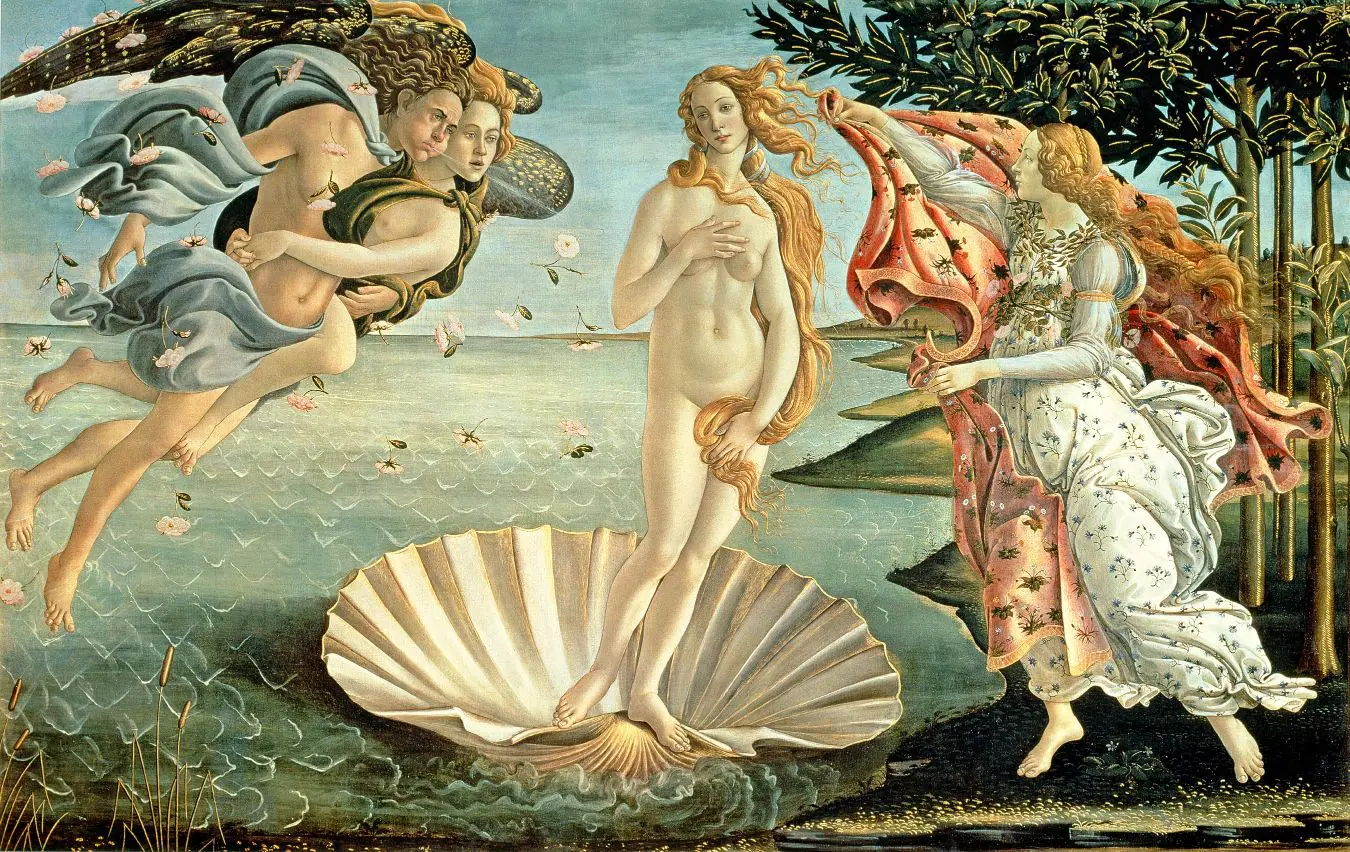

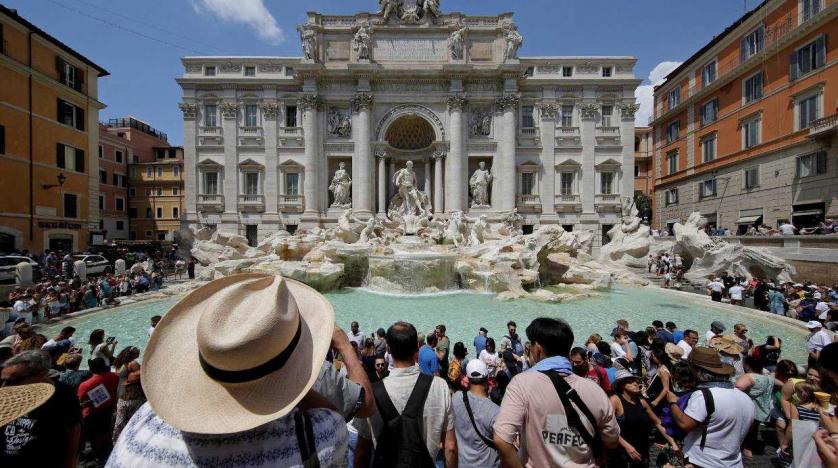
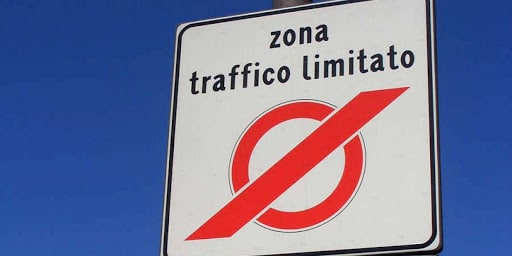
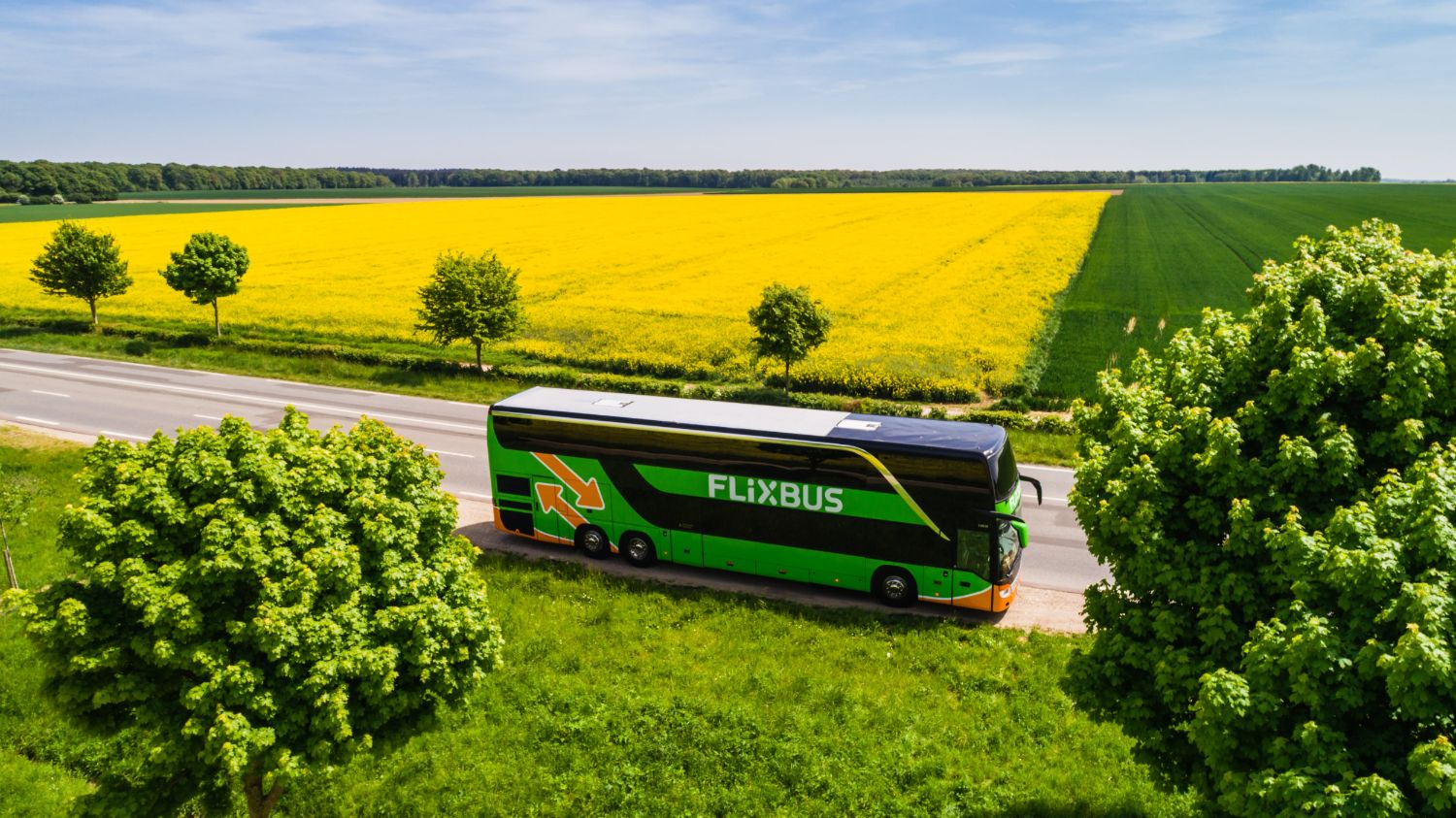
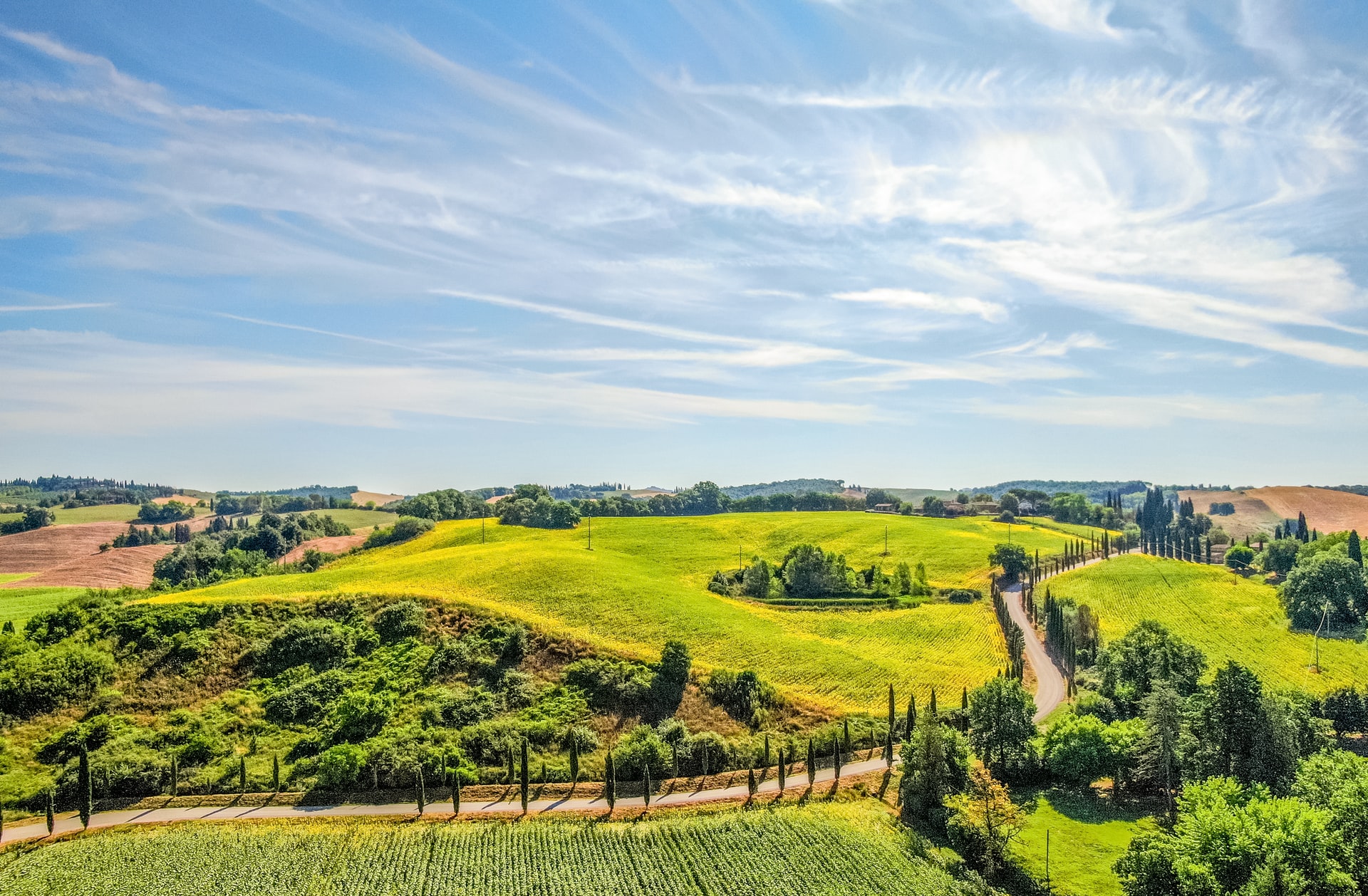

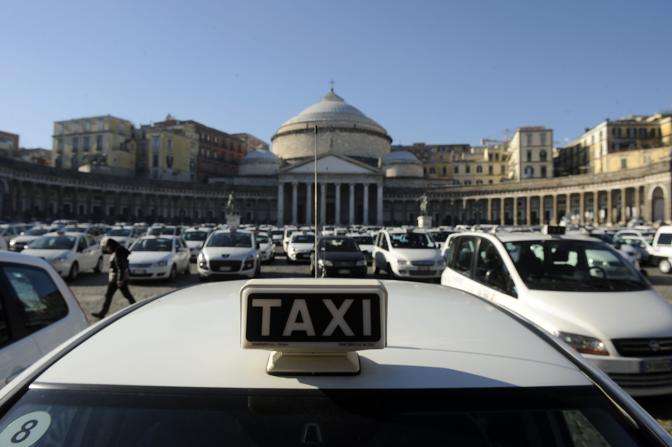


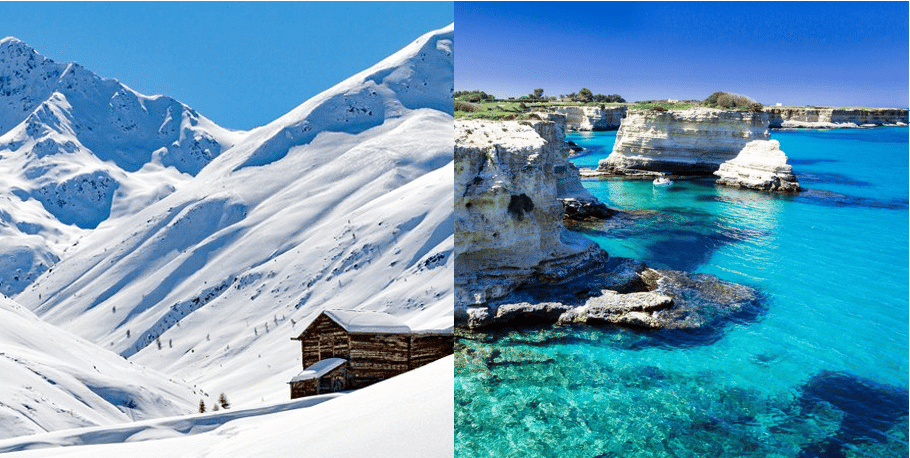
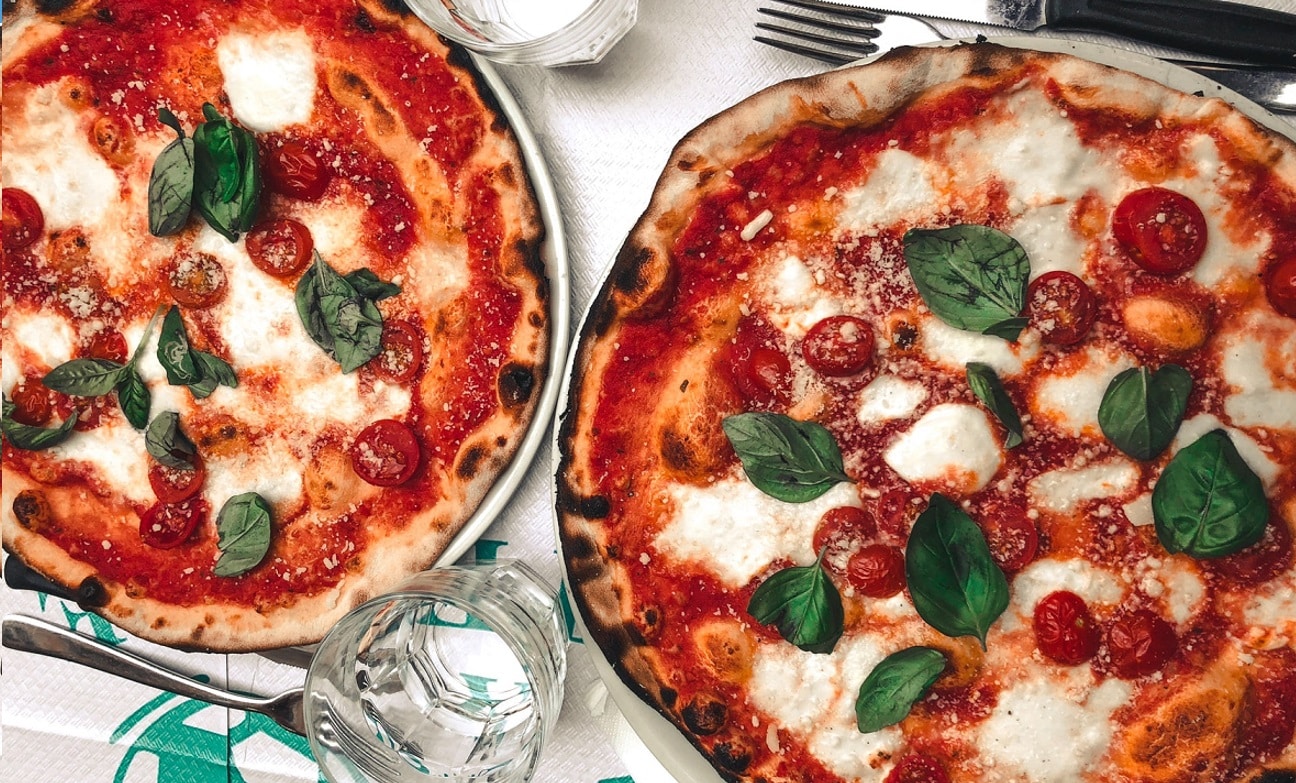
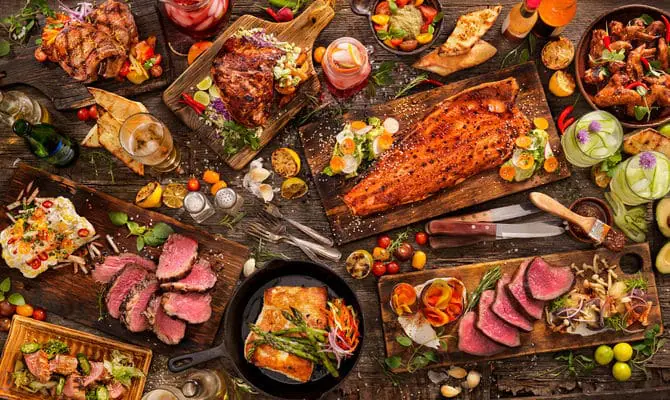

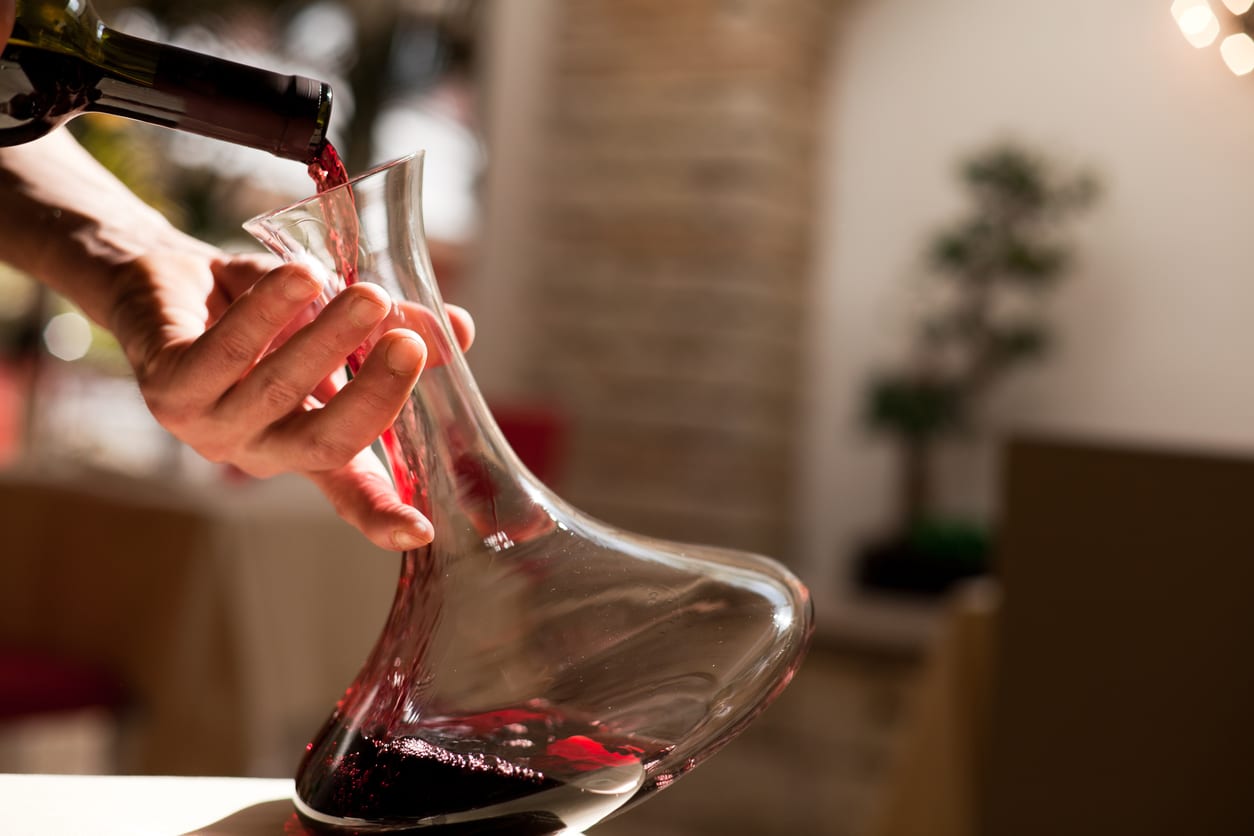

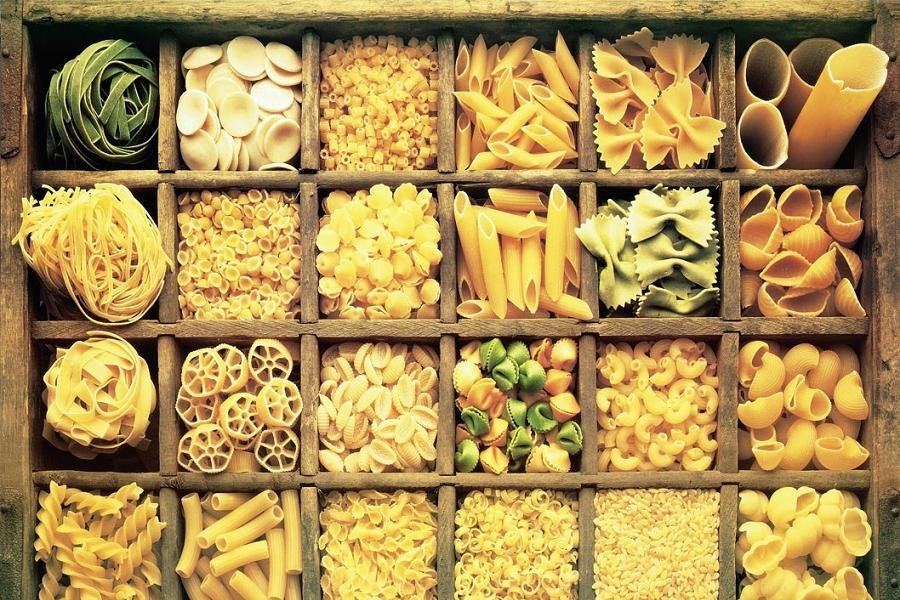



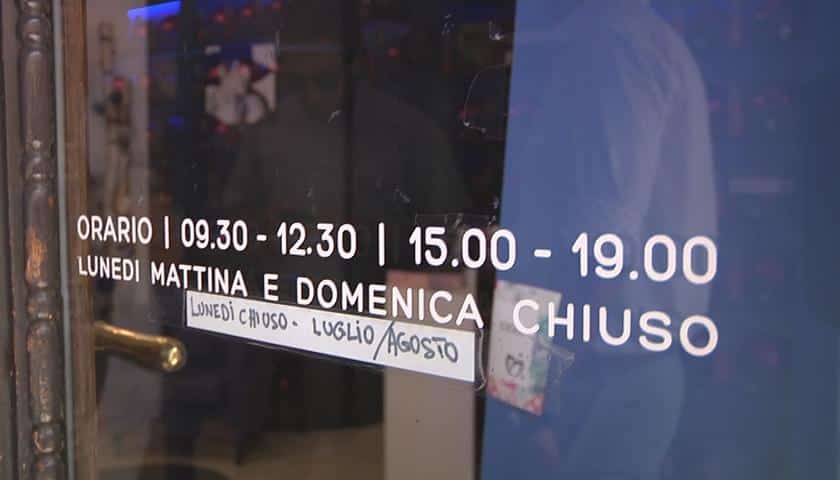
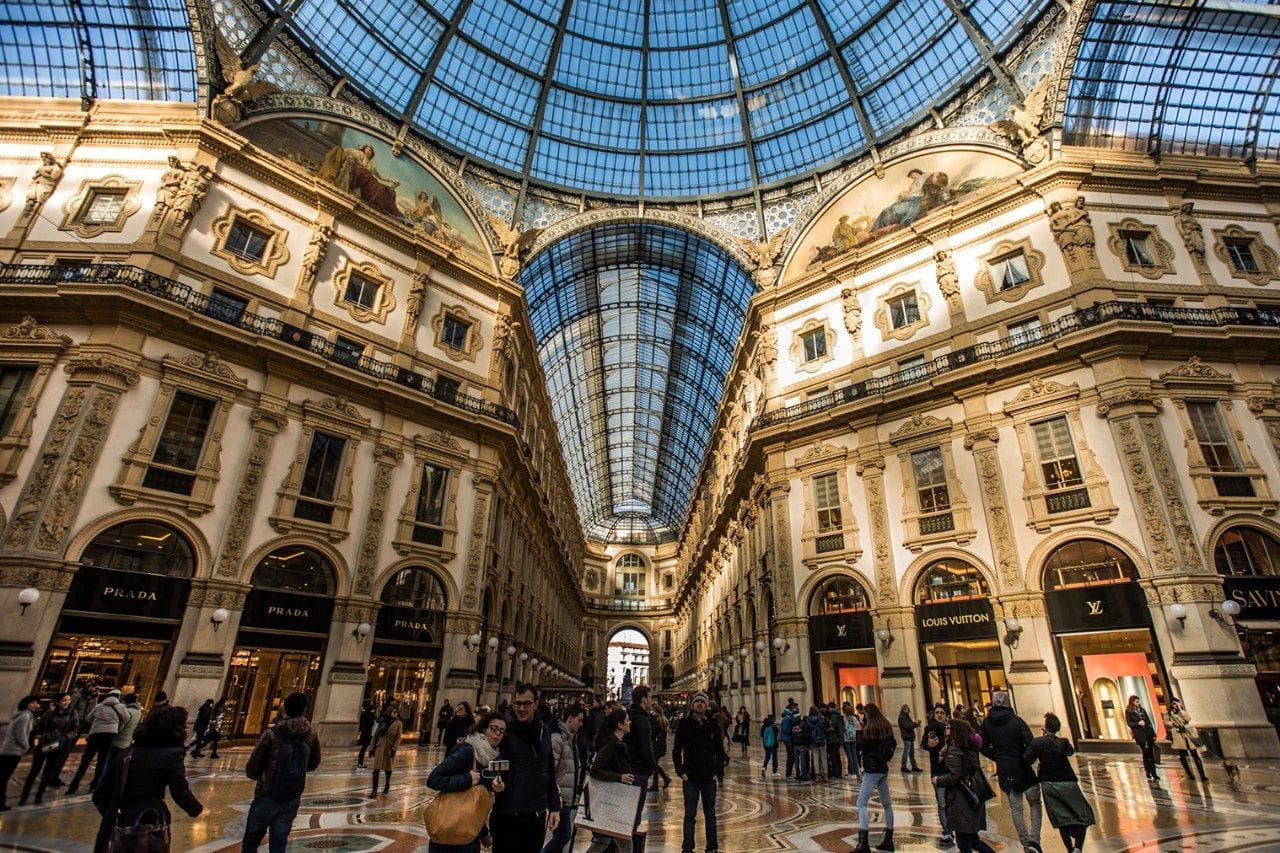
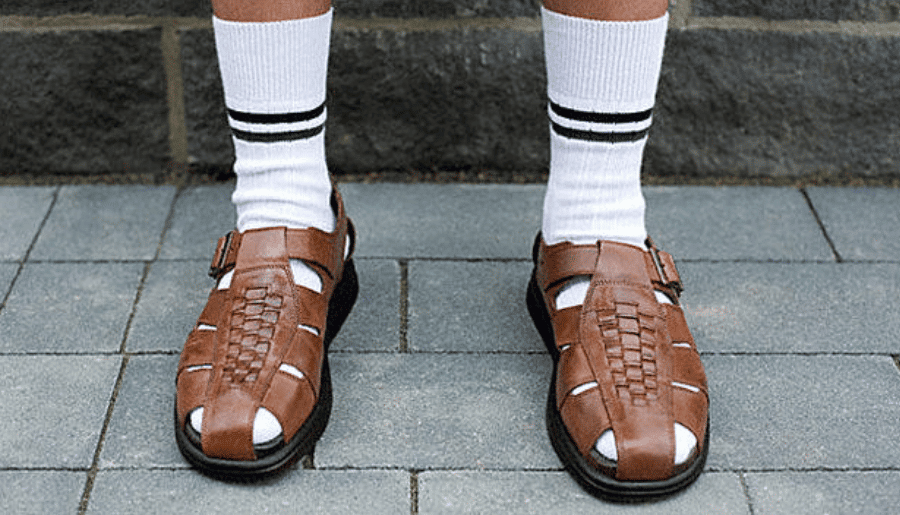
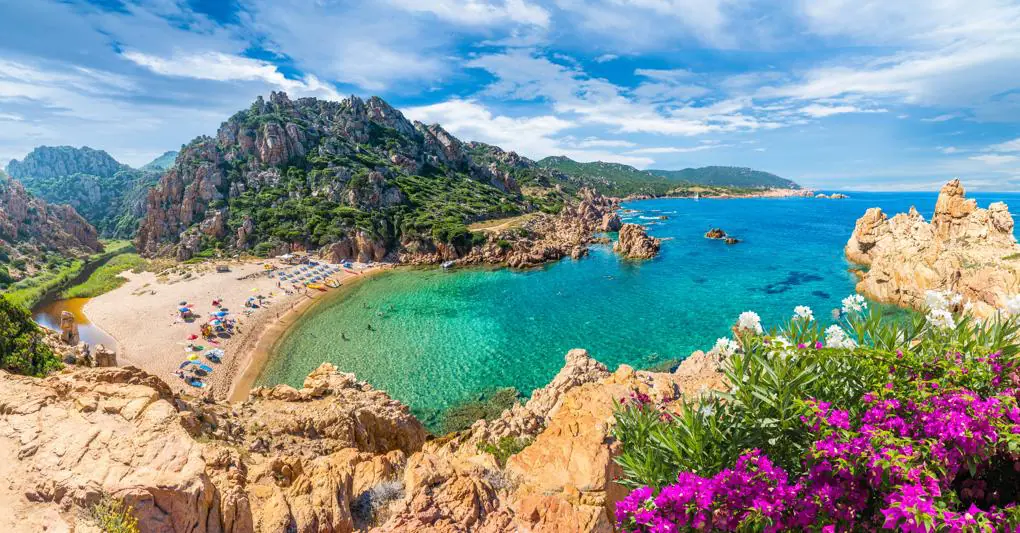
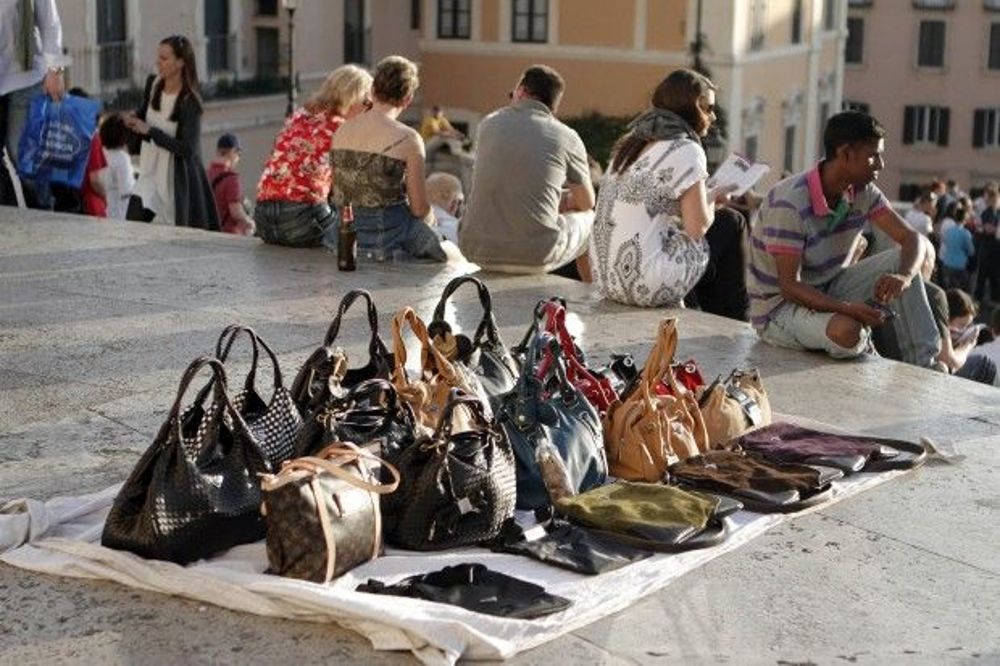
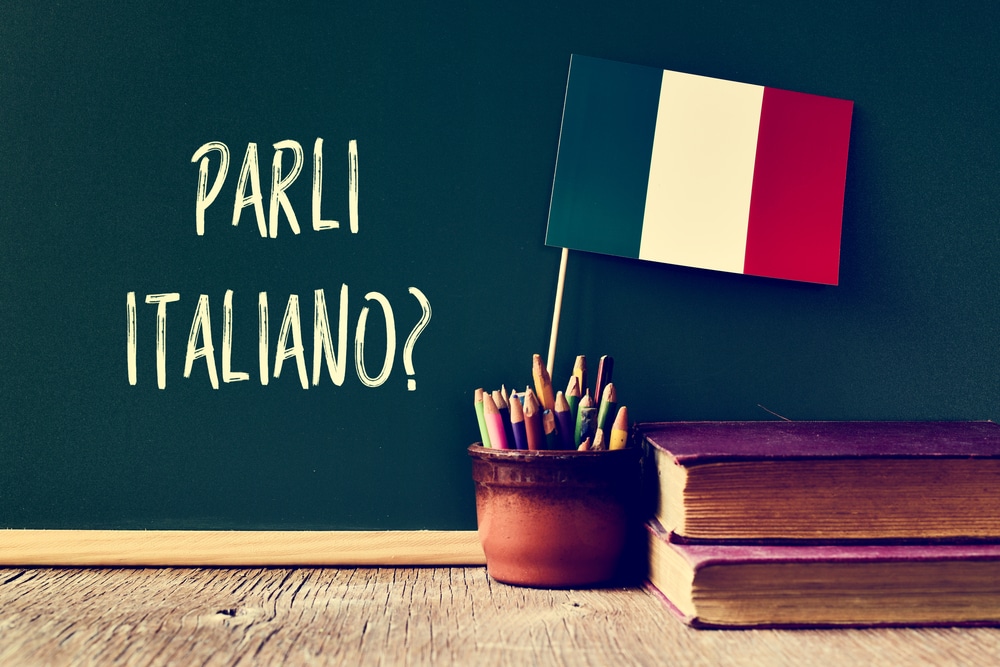
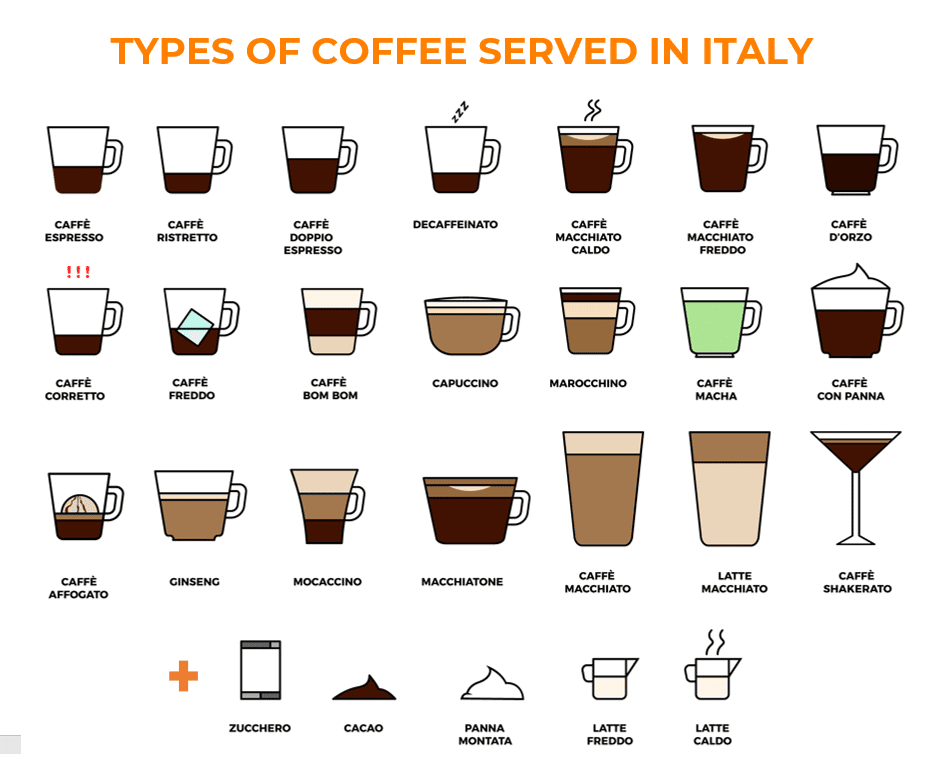
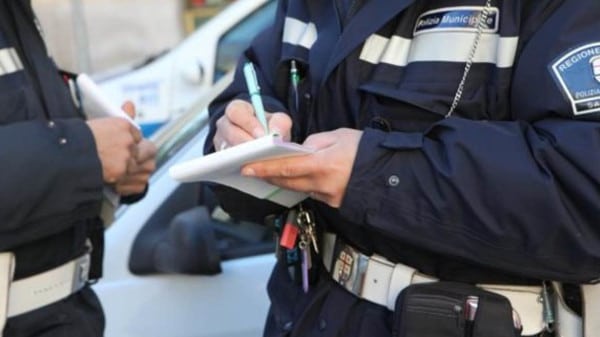
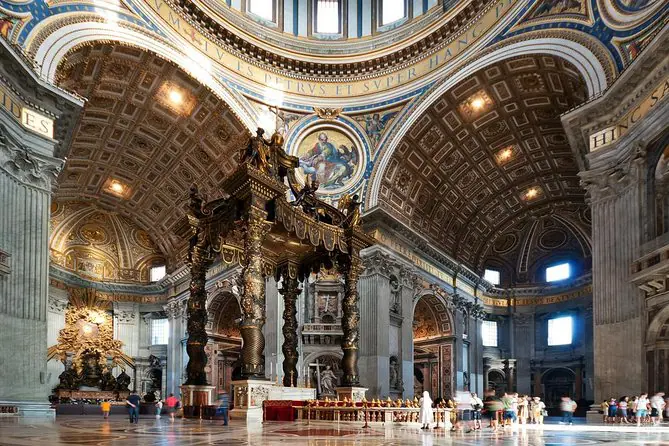

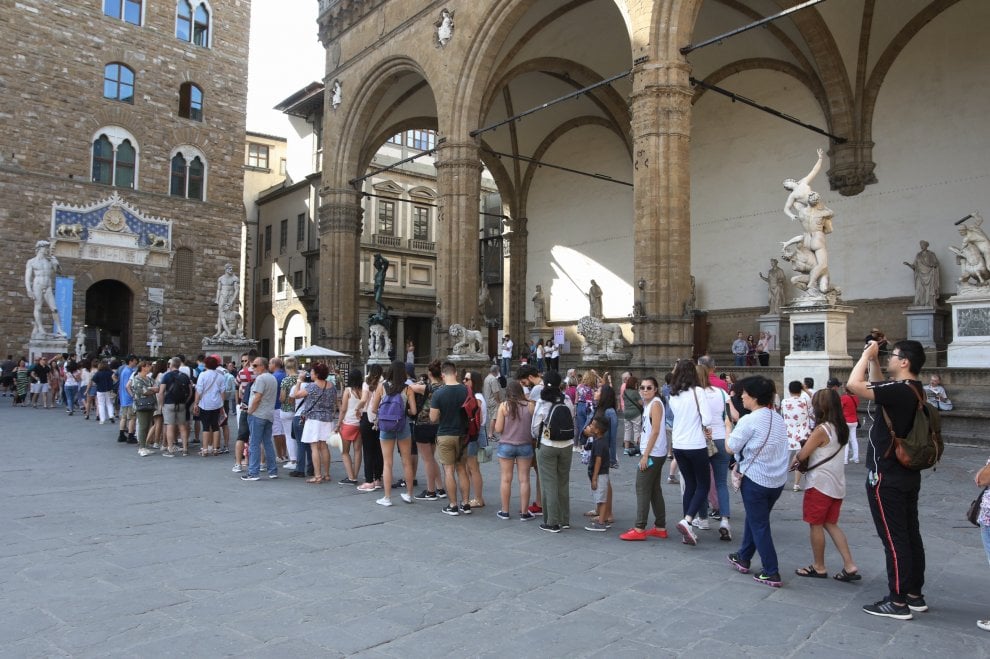
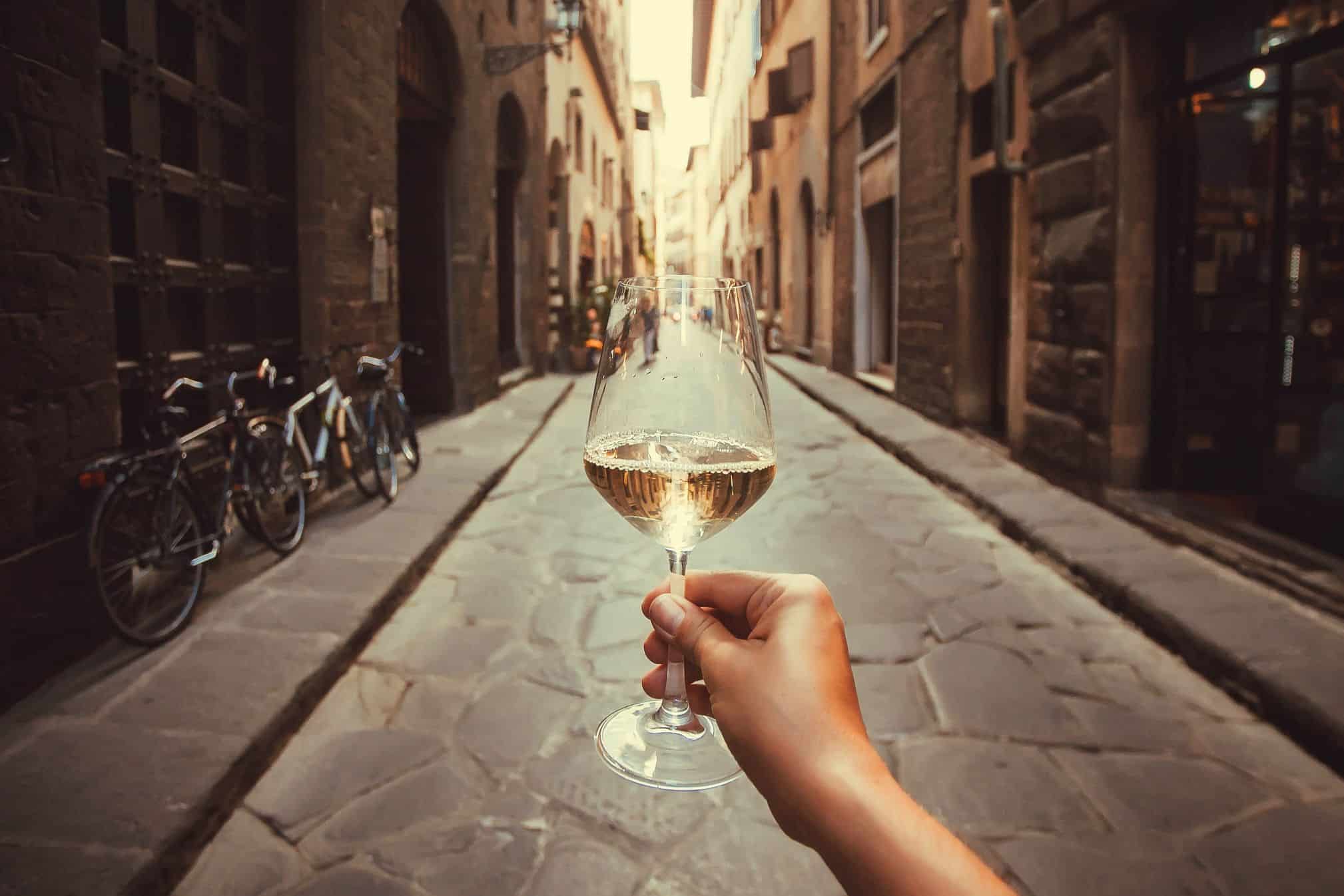

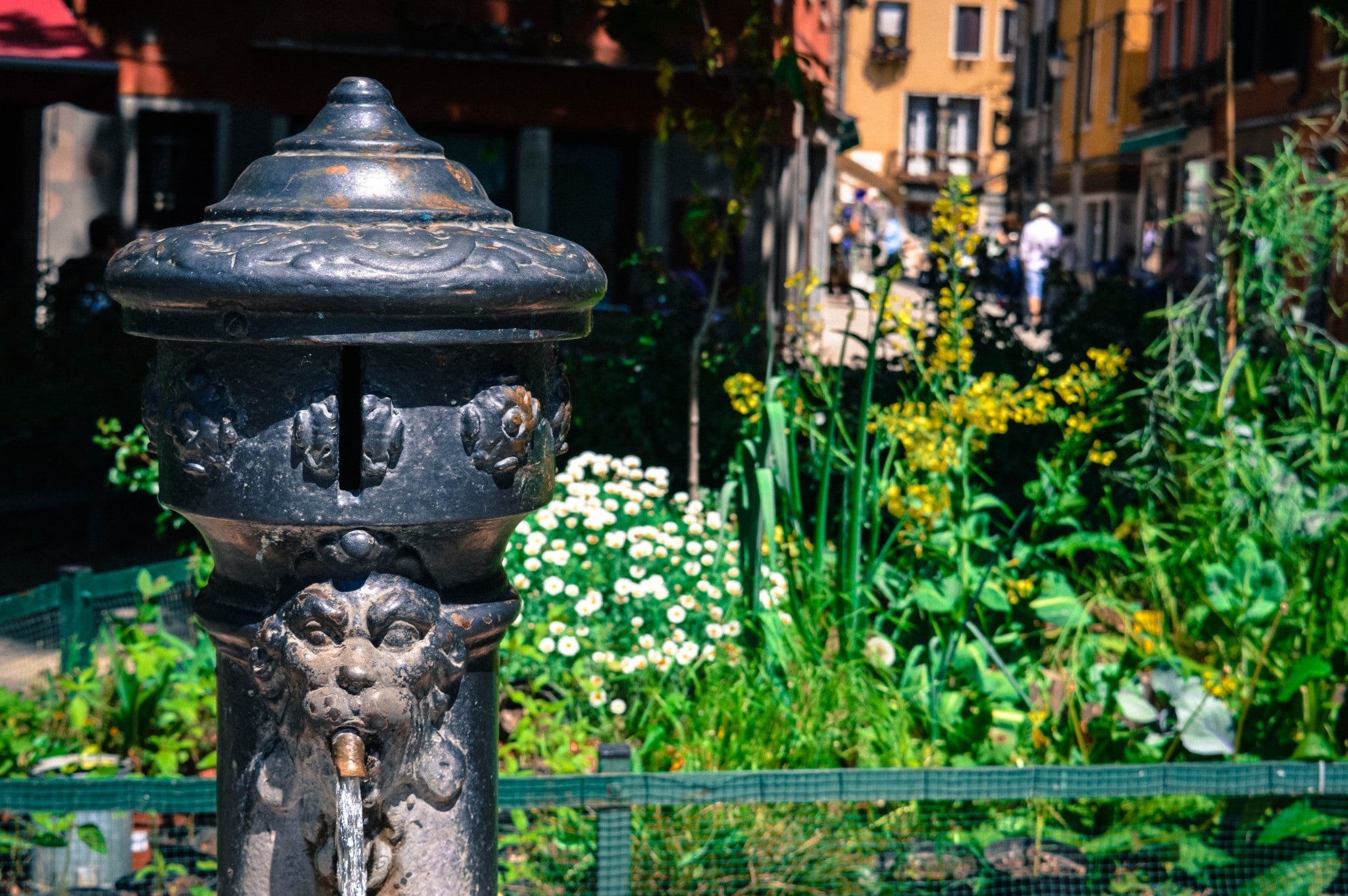
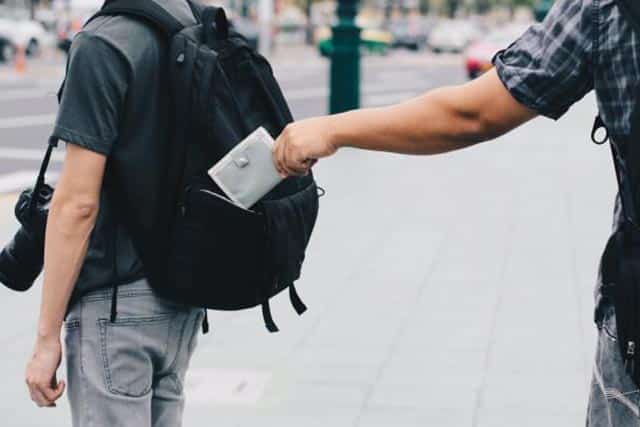

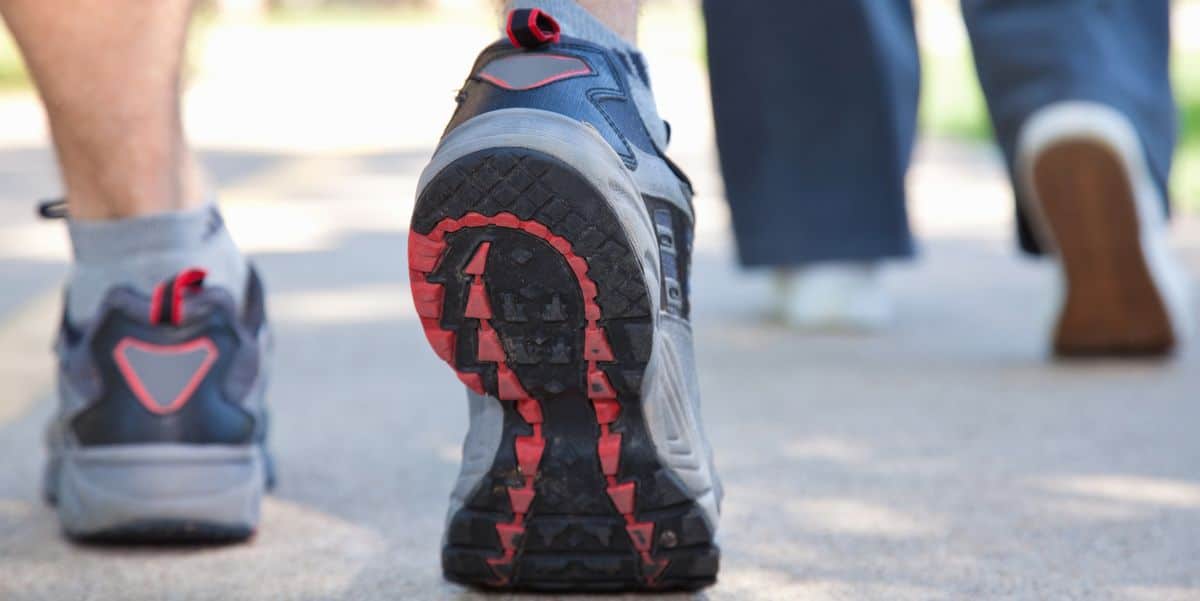
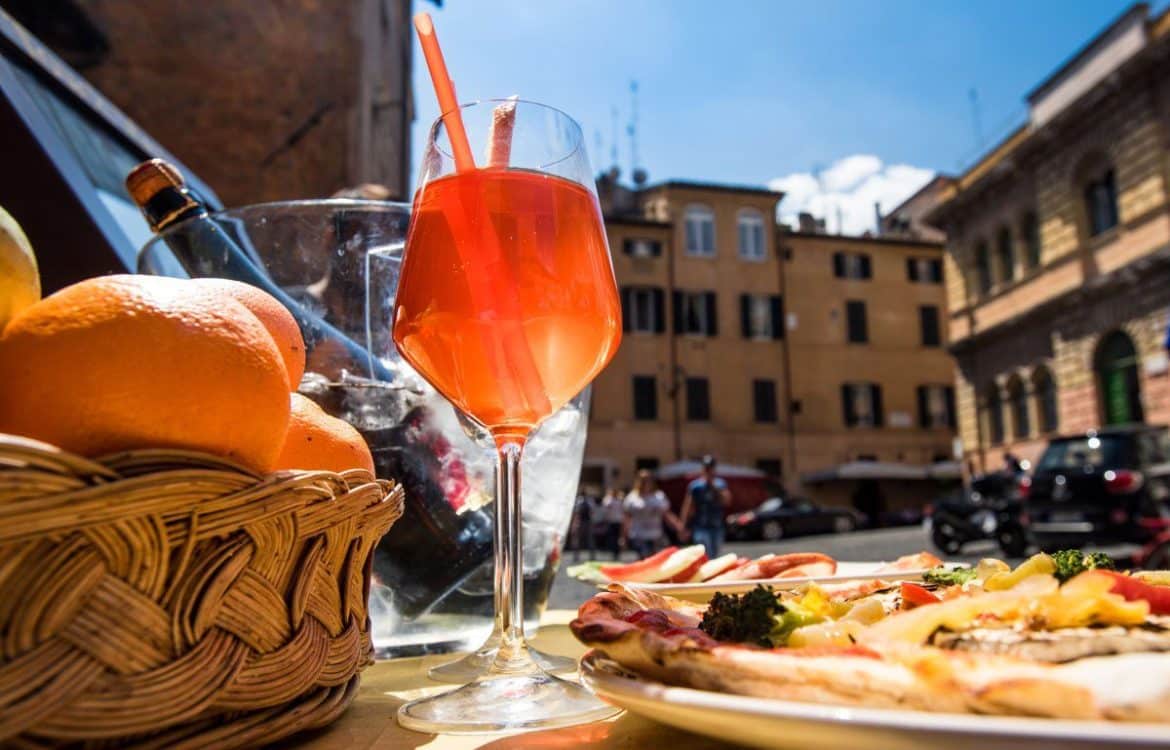
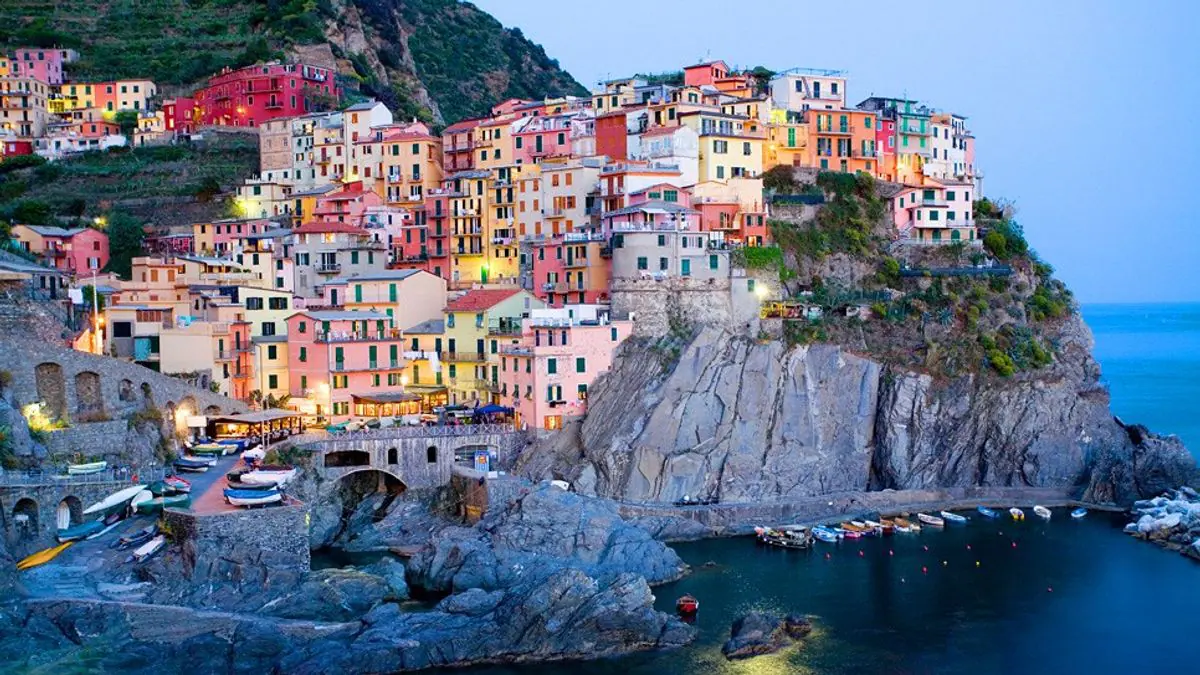

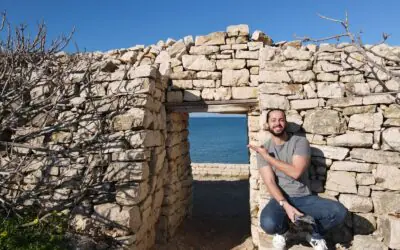
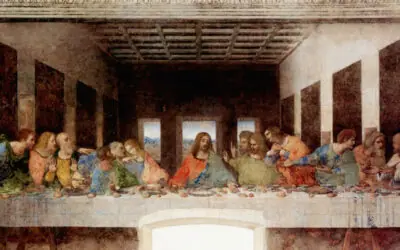
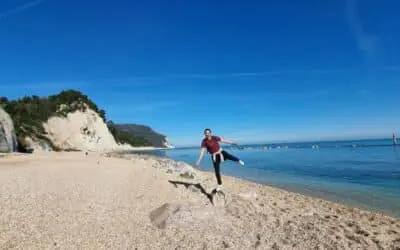
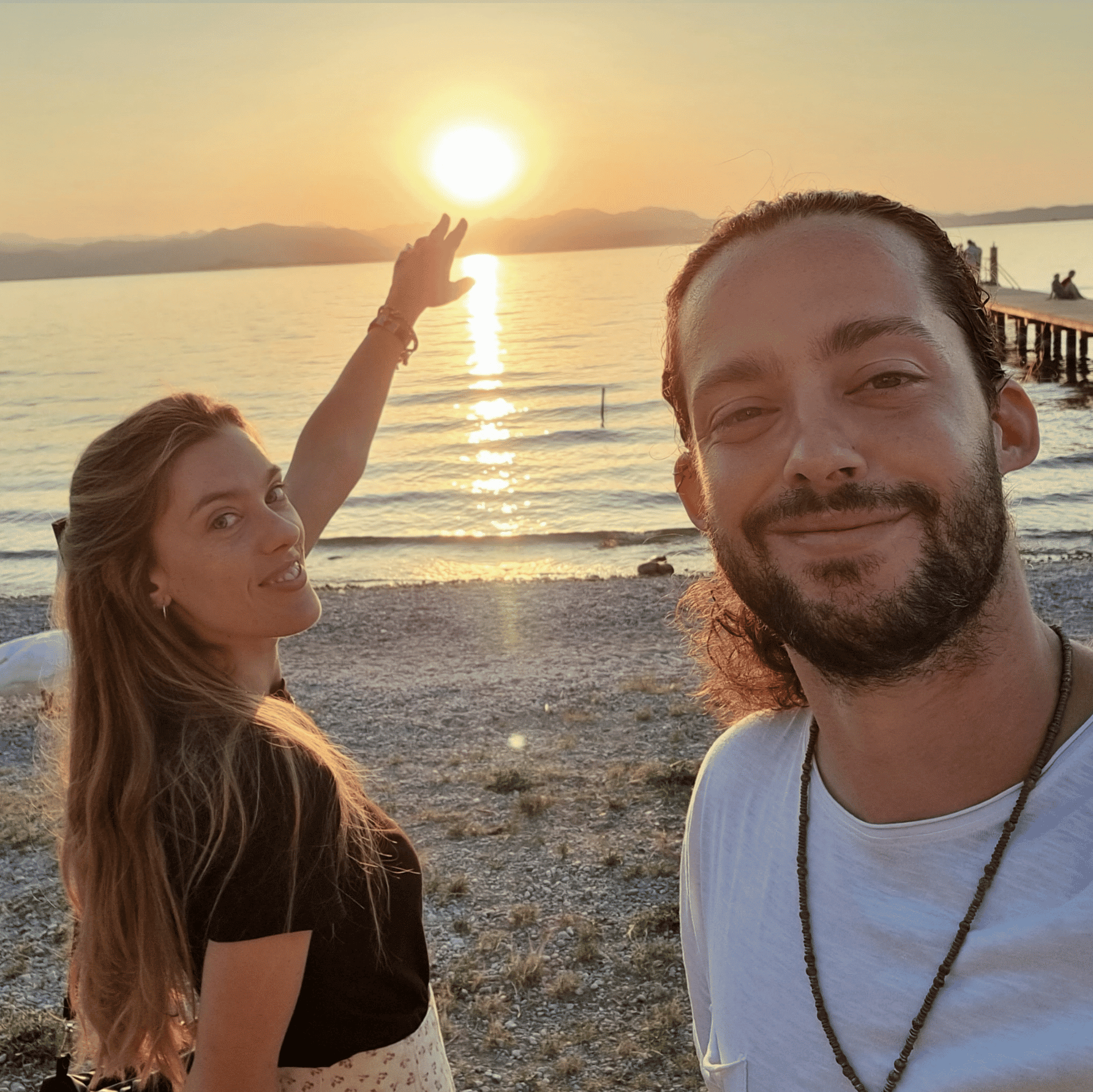
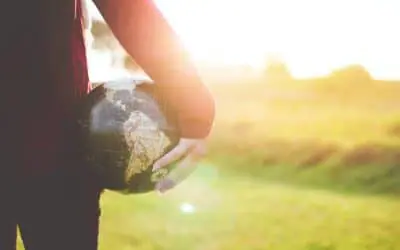

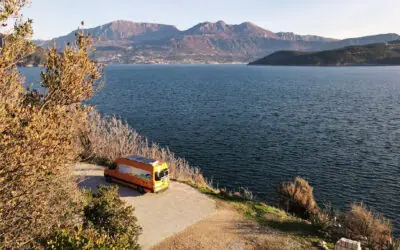
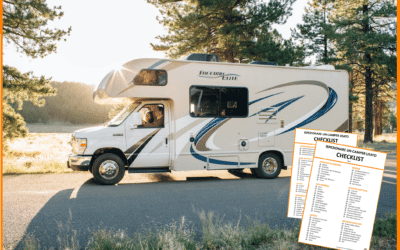
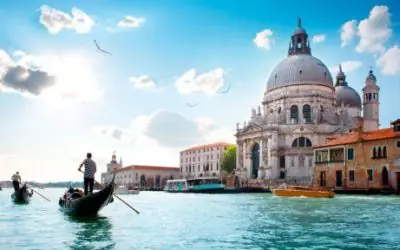
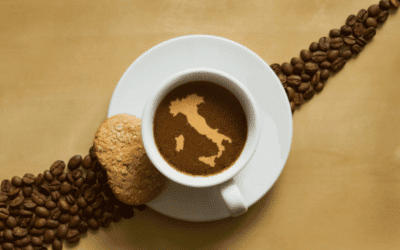
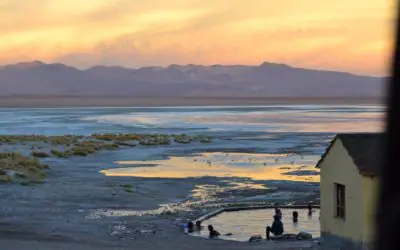
0 Comments
Trackbacks/Pingbacks